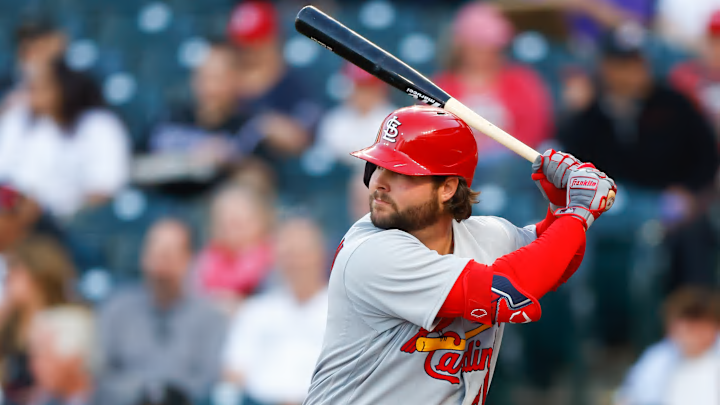Falling: Jordan Hicks, RHP
This one is a no-brainer. Jordan Hicks has not been good this season, and the Cardinals have stated that they plan to only use Hicks in low-leverage roles for the foreseeable future. Hicks does not miss bats despite his 103 mph heat, nor does he have any idea where his pitches are going.
Hicks is in the 24th percentile in strikeout percentage and the second percentile in walk percentage. His fastball doesn't spin much, either. Hicks seems like he should be dominating hitters with his stuff, but he is the prototype for velocity not being everything.
Hicks has seen Drew VerHagen and Zack Thompson usurp his expected role as a reliever in late, close games, and his aspirations to be a starter appear to be a distant pipe dream. If Hicks doesn't improve in his next few appearances, hopefully with the Cardinals holding big leads, the team needs to decide what it wants to do, whether that's designate him for assignment or ask him to take the shuttle to Memphis.
The Cardinals are seeing some movers and shakers on their depth chart already, and we're only about a tenth of the way through the season. These four players represent how fluid a depth chart can be.
